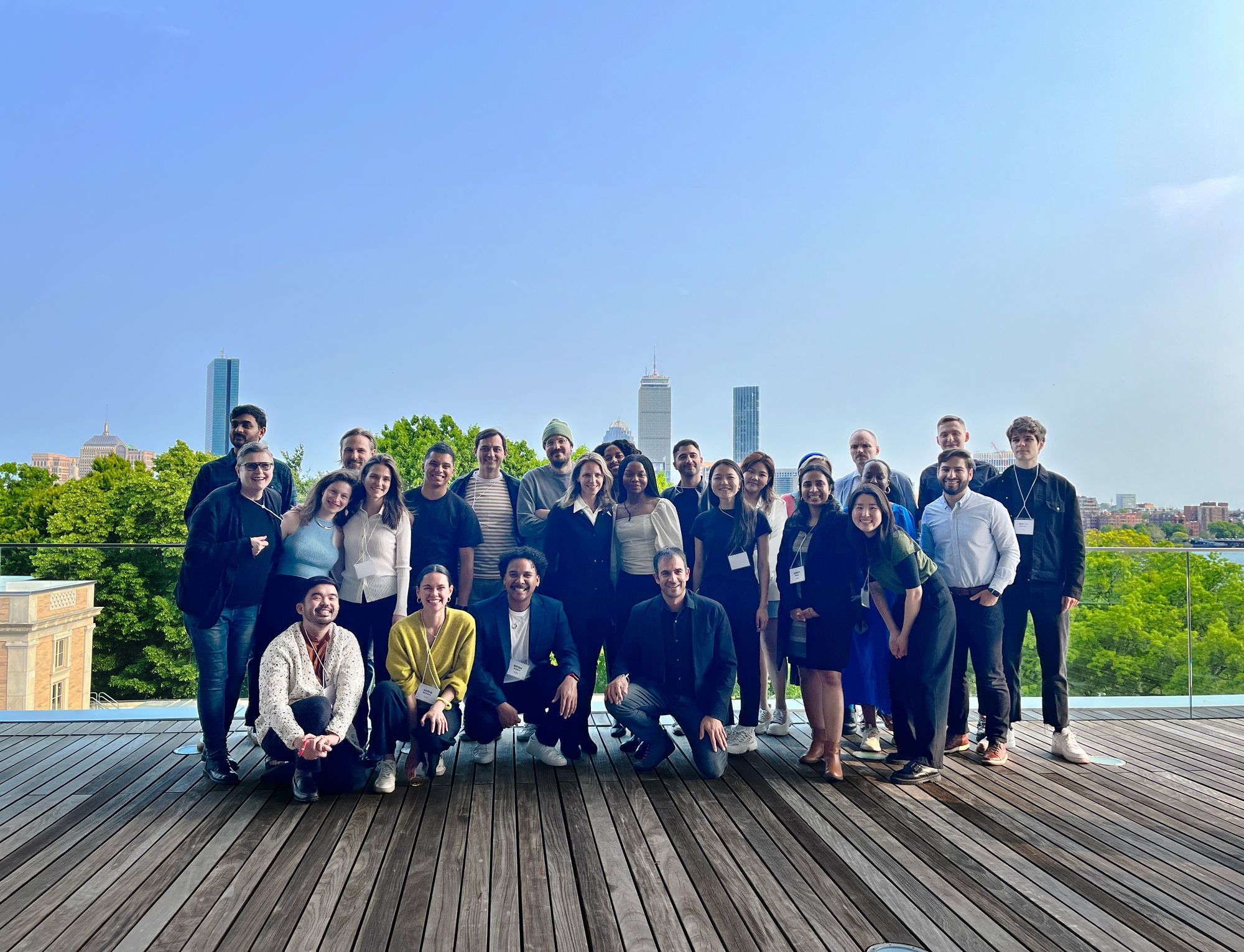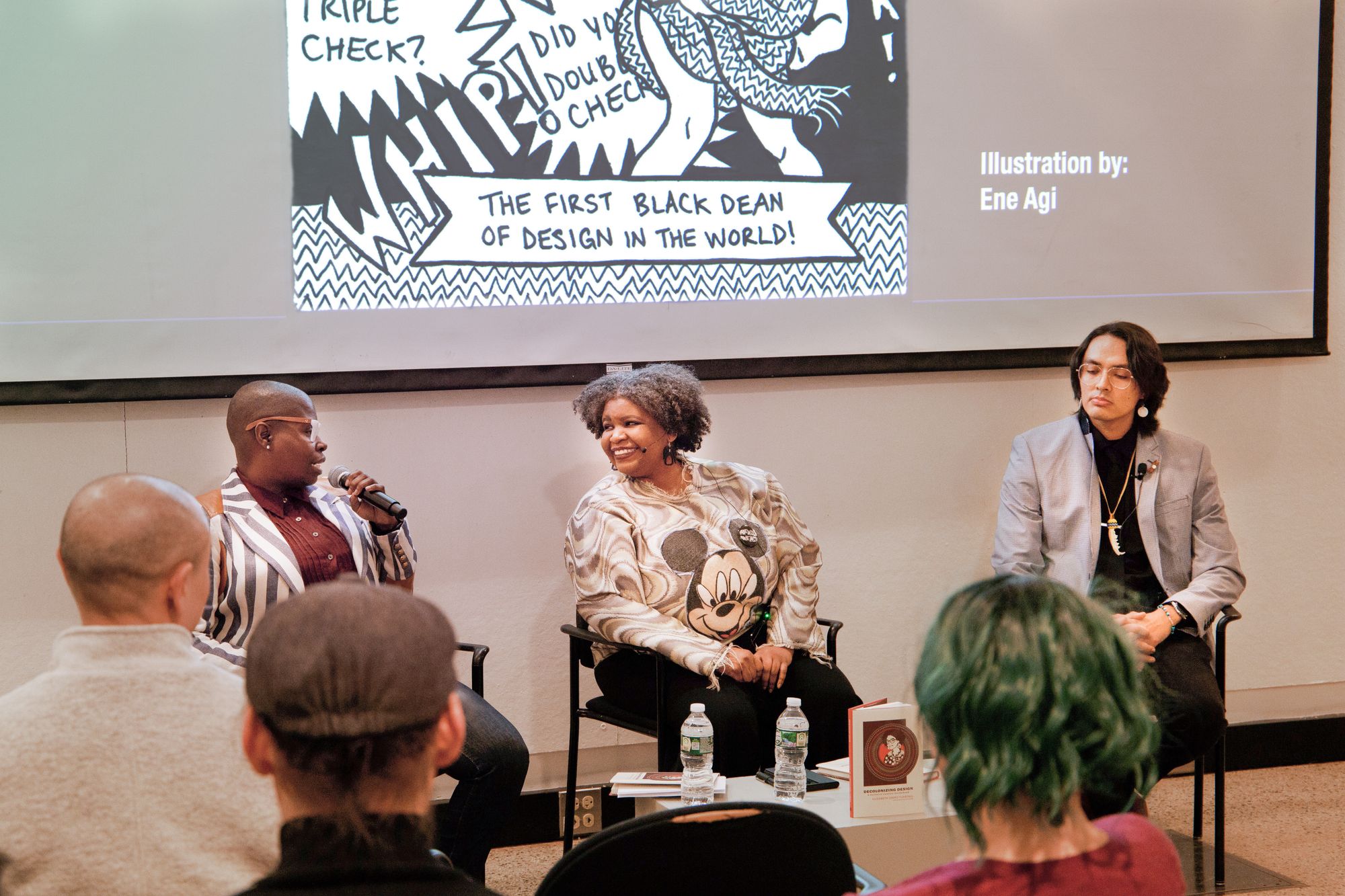The Six Dimensions of Caring for Patients With Disabilities: A Journey From the US to Sierra Leone
Design Fellows
Through innovation in policy, economics, engineering and design, MIT MAD Fellow Francesca Riccio Ackerman strengthens orthotic and prosthetic (O&P) sectors to improve the future of healthcare for people with disabilities globally, from the US to Sierra Leone.
By Adelaide Zollinger
Feb 22, 2023
Francesca Riccio Ackerman is a PhD student, research assistant in Biomechatronics at the MIT Media Lab, and a 2022 MIT Morningside Academy for Design Fellow.
In 2021, Francesca joined the K. Lisa Yang Center for Bionics, co-directed by Professor Hugh Herr, often referred to as the “Leader of the Bionic Age.” The center’s ambition is to bridge the gap between human limitation and human potential. Through its research, one of the Center’s priorities is to ensure equitable access of the latest bionic technology to all impacted individuals, especially to those in low-resource communities. As part of a team addressing this objective, Francesca collaborates with Professor Herr, Assistant Professor Amos Winter, humanitarian Dara Dotz, and MIT Alum David Moinina Sengeh, the Minister of Basic and Senior Secondary Education and Chief Innovation Officer for the Directorate of Science, Technology and Innovation in Sierra Leone. Together, they are reimagining care for people with disabilities.
On January 30, 2023, thanks to their work, MIT and the Government of Sierra Leone's Ministry of Health and Sanitation (MoHS) signed a memorandum of understanding and intentions, marking the official beginning of a four-year collaboration. This is the culmination of years of work developing a sustainable approach to caring for people with disabilities globally, which has been central to Francesca’s activities. As graduate student lead on this current project, she engages key actors in her field through six essential dimensions: 1) data collection and synthesis, 2) education and training, 3) supply chain development, 4) improvements to infrastructure, 5) design and translation of technologies, 6) mobile delivery of services. The goal is to sustainably multiply the production of prosthetic limbs and orthotic braces, and improve O&P care in Sierra Leone, while ensuring alignment between these efforts and patients’ needs in the long term.
Prosthetics encompass the design, production, and fitting of artificial limbs to restore function and support mobility for people with limb loss or limb deficit. Similarly, orthotics are external braces that are designed to enable mobility and support persons with physical disabilities like those affected by poliomyelitis, paralysis, or cerebral palsy. In Sierra Leone, trained medical professionals, resources, and access to O&P devices is limited, which means most people with disabilities have to rely on hand-made devices, making repairs on their own, and generally using devices well beyond their typical life cycle. Francesca and her collaborators have been working on the ground with patients and doctors, in different clinics across the country, interfacing directly with the government and interacting with global health organizations.
Francesca explains:
There are approximately 40,000 people in need of O&P care in Sierra Leone, and very few specialized doctors to care for them. Most amputations there are considered “traumatic”: during the country’s civil war, which ended in 2002, intentional mutilations were used strategically by rebel forces—in particular the amputation of civilians’ legs, hands, and arms. These practices, documented by organizations such as Human Rights Watch, account for Sierra Leone’s high number of new amputees during that time. During the war, interruptions to medical care and public health infrastructure simultaneously resulted in decreased vaccination rates and higher transmission of preventable illnesses like poliomyelitis, which can result in lifelong physical disabilities.
Stories from the civil war brought humanitarian assistance to the country—numerous organizations donated pre-owned prostheses, supplies, machines, and sent their own trained medical staff for years to make O&P care available to those affected. As time went on, many of these organizations had to turn their attention to other emergencies, leaving a growing gap of resources and capacity in Sierra Leone. More than twenty years after the war, most new cases of amputation arise from motor vehicle accidents or untreated diabetes instead of violence, and while polio is nearly eradicated, those who were disabled face a lifetime of medical care needs to ensure their mobility, independence and dignity. Subsequently, the country has shifted from emergency measures to strengthening its domestic capacity to offer continuous and high quality medical care.
Today, not enough people in the field are trained to provide orthotic and prosthetic care, and the donated equipment is often not aligned with the needs of the O&P clinics and their patients. Francesca explains: “We’ve witnessed a disconnect between what is supplied or donated versus what is needed, useful and safe for patients here in Sierra Leone. You’ll find clinics that aren’t equipped to make repairs on commonly used and worn items, can’t operate critical machines for fabrication, or don’t have staff with professional training in O&P services. Patients wear prosthetic limbs for decades beyond normal wear, or sometimes receive experimental devices, whereas they have a right to safe, proper care. Which is why we want to develop a supply chain, give people tools to manage their own inventory and stock, and place their own orders, truly suiting their needs. The people of Sierra Leone know best what they need to succeed and care for their patients, and we’ve made a point to listen. We act as a catalyst to arm them with the right tools, education and resources.”
As a child, Francesca’s dream—or rather plan—was to become a biomedical engineer. “After so many trips to the hospital with my aunt, and hearing about her ‘new, shiny’ prosthetic knees, I was probably the only eight-year-old to request and receive a tour of Stryker’s New Jersey facility to see for myself the factory production of the prosthetic knee devices worn by hundreds of thousands of people,” Francesca recounts. After completing her undergraduate studies in biomedical engineering according to plan, she went on to work for four years for a lab developing high-end prosthetic arms. Improving neurofeedback, her goal was to help patients better control replacements of lost limbs, and maybe even regain sensations one day.
In her daily interactions with patients, she would often hear: “This is so great, can I take it home?” Unfortunately, no. Too expensive. Not covered by health insurance. “Being constantly confronted with patients who weren’t able to afford things that were a medical necessity for them truly was a thorn in my side,” she recalls. “I was losing my passion for it, because I felt such frustration from patients not being able to get this stuff. It didn’t feel like it was a good use of my energy. I wondered: Is anyone actually trying to get this to patients sooner, to close that gap?”
After completing her Master’s degree at SDA Bocconi in Italy, studying health systems at large, Francesca felt more than ever a disconnect between people designing health systems, medical devices, and decision-makers. This divide seemed even greater within O&P:
Through her work in Sierra Leone, Francesca designed a strategy addressing the multifactorial challenges of O&P holistically. If technology breakthroughs surely hold exciting potential, immediate impact for patients requires rethinking interactions and the care system as a whole, which her team proposes to do through six dimensions:
- Gathering accurate data on epidemiology, prosthetic need, access and potential.
- Inclusive investment in education and training for independent operation of O&P services.
- Establishing a supply chain for prosthetic components and materials for fabrication.
- Preparing infrastructure of clinics to double national production per year.
- Design and translation of new technologies for patient use and more efficient fabrication and production.
- Mobile delivery to serve patients in rural and difficult-to-reach areas.
As she expresses gratitude for people’s enthusiasm, trust, and “incredible support,” Francesca has a clear vision for the future: she doesn’t want to be “needed” anymore. She wants this work to bring autonomy. “This approach is meant to give Sierra Leone long term agency over its own O&P challenges, and empower communities with the tools they need to succeed and care for one another. It is sustainable, and scalable, in that it has the potential to be replicated in other countries.”
Featured People
Related News
Related Events

Tomorrow’s Designers, Designing Today

MITdesignX Pitch and Demo Day 2023

